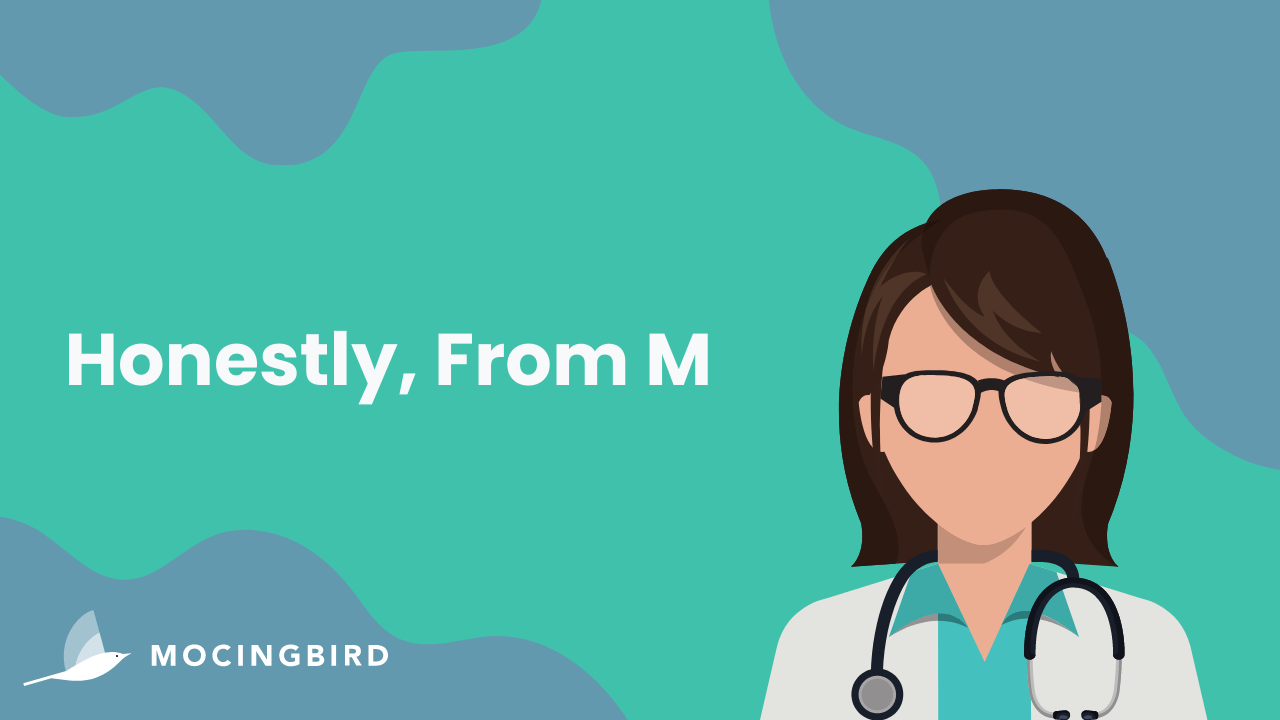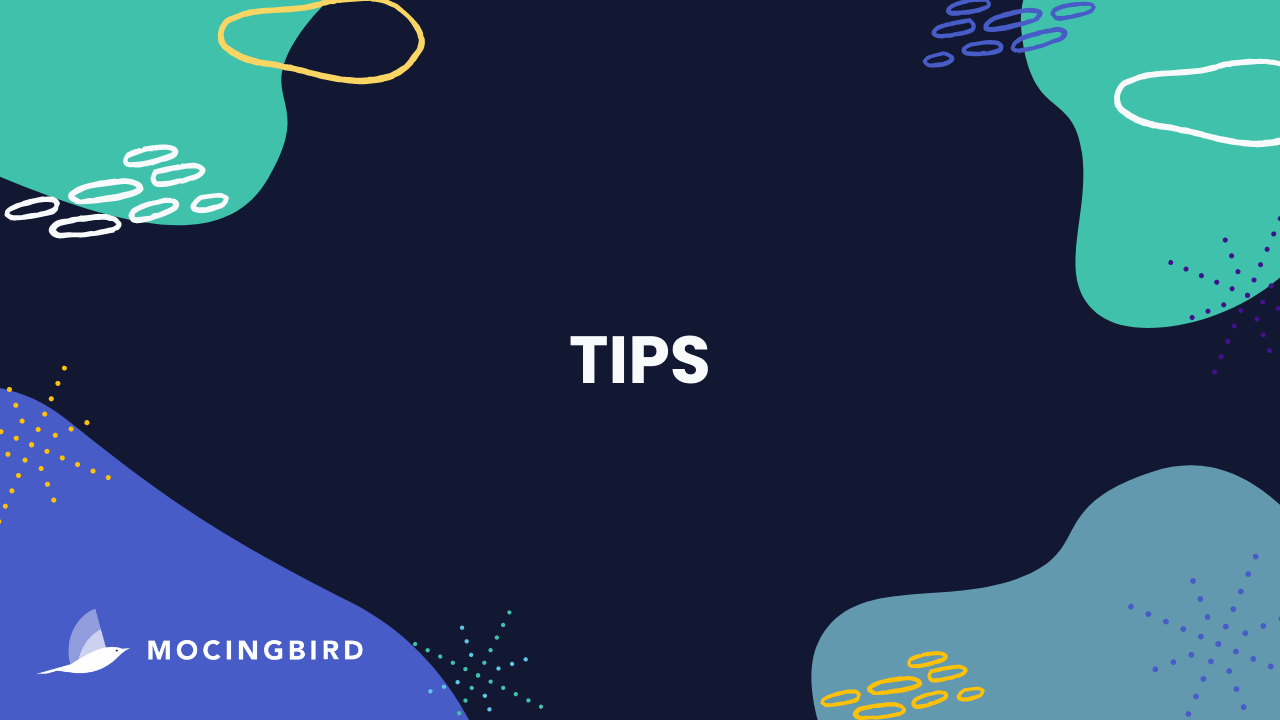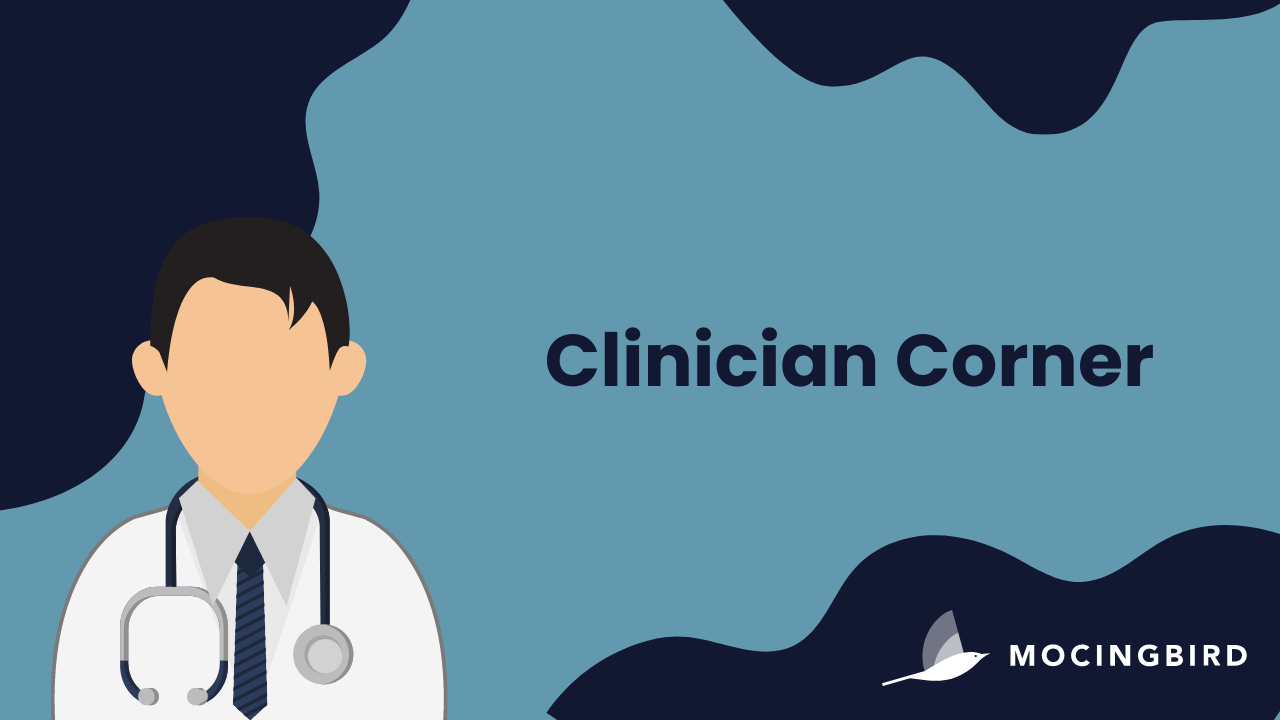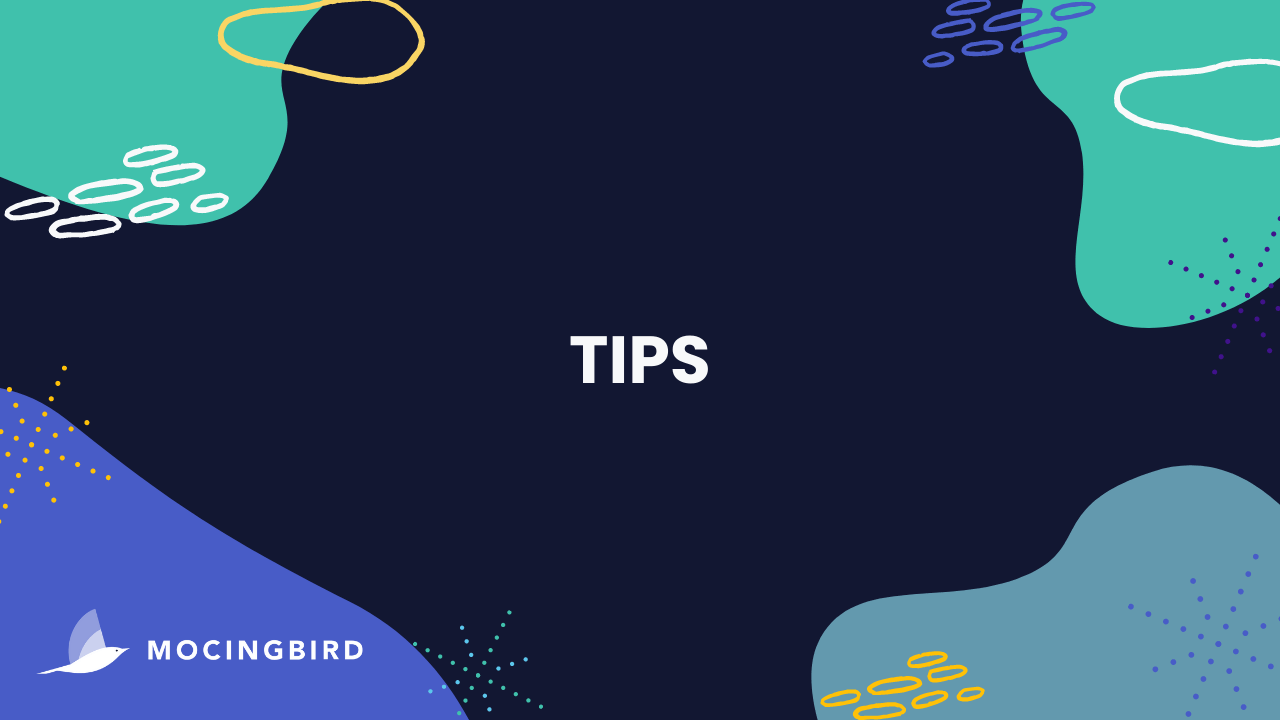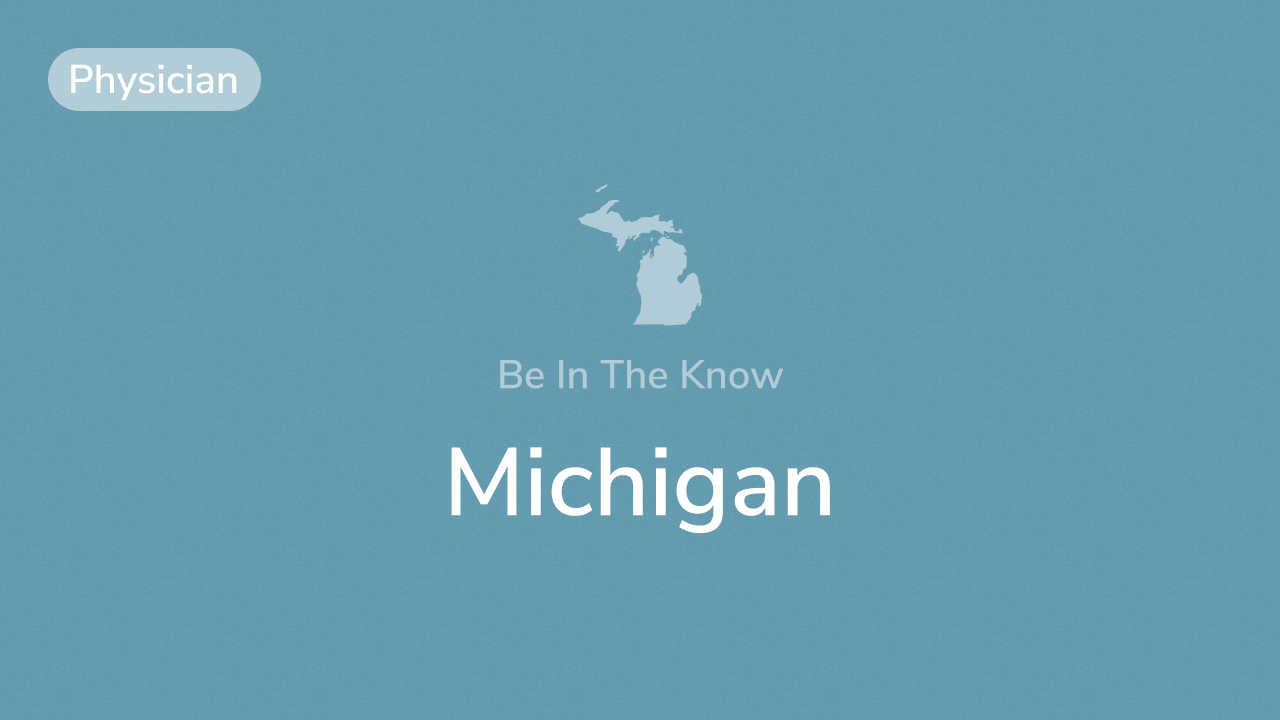Mocingbird's research team has verified and validated with the Michigan Board Of Osteopathic Medicine And Surgery with the most up-to-date CME requirements for osteopathic doctors. Here is a quick summary of things you must know:
License Renewal Cycle Time for Michigan (DOs)
- Michigan state licenses for DOs must be renewed every 3 years.
- The license renewal cycle and requirements are not the same for MDs and DOs.
Board Rule Checklist: State of Michigan (DOs)
- Complete a one-time training requirement in identifying victims of human trafficking
- If your MI license was issued from 1/1/2020 - 12/31/2020, this requirement is due at your license renewal in 2023
- If your MI license was issued from 1/1/2021 - 12/6/2021, this requirement is due at your license renewal in 2024
- Note: If your MI license was issued on or after 12/6/2021, this was a requirement for you to obtain your initial license and you have already completed this requirement
For more detailed information, please visit the Michigan Department of Licensing and Regulatory Affairs website.
*Requirements are subject to change. Please refer to your Mocingbird account for the most up-to-date accurate information.*
To view customized tasks regarding your MI license requirements, sign in to your Mocingbird profile and your virtual assistant has already created your upcoming task list.
Don’t have a Mocingbird account yet? Sign up for your free trial today at mocingbird.com!
Drop us a note if you are interested in partnering up with us. Complete this contact form and our team will reach out with a free CME process consultation for your organization.
- Complete a one-time training requirement in identifying victims of human trafficking
- If your MI license was issued from 1/1/2020 - 12/31/2020, this requirement is due at your license renewal in 2023
- If your MI license was issued from 1/1/2021 - 12/6/2021, this requirement is due at your license renewal in 2024
- Note: If your MI license was issued on or after 12/6/2021, this was a requirement for you to obtain your initial license and you have already completed this requirement
For more detailed information, please visit the Michigan Department of Licensing and Regulatory Affairs website.
*Requirements are subject to change. Please refer to your Mocingbird account for the most up-to-date accurate information.*
To view customized tasks regarding your MI license requirements, sign in to your Mocingbird profile and your virtual assistant has already created your upcoming task list.
Don’t have a Mocingbird account yet? Sign up for your free trial today at mocingbird.com!
Drop us a note if you are interested in partnering up with us. Complete this contact form and our team will reach out with a free CME process consultation for your organization.
For license renewals on June 1, 2024 and onward: You must complete 3 hours of implicit bias training
- Due: Every 3 years at license renewal
Special Requirement for Michigan
- Complete a one-time training requirement in identifying victims of human trafficking
- If your MI license was issued from 1/1/2020 - 12/31/2020, this requirement is due at your license renewal in 2023
- If your MI license was issued from 1/1/2021 - 12/6/2021, this requirement is due at your license renewal in 2024
- Note: If your MI license was issued on or after 12/6/2021, this was a requirement for you to obtain your initial license and you have already completed this requirement
For more detailed information, please visit the Michigan Department of Licensing and Regulatory Affairs website.
*Requirements are subject to change. Please refer to your Mocingbird account for the most up-to-date accurate information.*
To view customized tasks regarding your MI license requirements, sign in to your Mocingbird profile and your virtual assistant has already created your upcoming task list.
Don’t have a Mocingbird account yet? Sign up for your free trial today at mocingbird.com!
Drop us a note if you are interested in partnering up with us. Complete this contact form and our team will reach out with a free CME process consultation for your organization.
For license renewals on June 1, 2024 and onward: You must complete 3 hours of implicit bias training
- Due: Every 3 years at license renewal
Special Requirement for Michigan
- Complete a one-time training requirement in identifying victims of human trafficking
- If your MI license was issued from 1/1/2020 - 12/31/2020, this requirement is due at your license renewal in 2023
- If your MI license was issued from 1/1/2021 - 12/6/2021, this requirement is due at your license renewal in 2024
- Note: If your MI license was issued on or after 12/6/2021, this was a requirement for you to obtain your initial license and you have already completed this requirement
For more detailed information, please visit the Michigan Department of Licensing and Regulatory Affairs website.
*Requirements are subject to change. Please refer to your Mocingbird account for the most up-to-date accurate information.*
To view customized tasks regarding your MI license requirements, sign in to your Mocingbird profile and your virtual assistant has already created your upcoming task list.
Don’t have a Mocingbird account yet? Sign up for your free trial today at mocingbird.com!
Drop us a note if you are interested in partnering up with us. Complete this contact form and our team will reach out with a free CME process consultation for your organization.
- If your license is due for renewal between June 1, 2023 and May 31, 2024: You must complete 2 hours of implicit bias training
- Due: At license renewal between June 1, 2023 and May 31, 2024
- For license renewals on June 1, 2024 and onward: You must complete 3 hours of implicit bias training
- Due: Every 3 years at license renewal
Special Requirement for Michigan
- Complete a one-time training requirement in identifying victims of human trafficking
- If your MI license was issued from 1/1/2020 - 12/31/2020, this requirement is due at your license renewal in 2023
- If your MI license was issued from 1/1/2021 - 12/6/2021, this requirement is due at your license renewal in 2024
- Note: If your MI license was issued on or after 12/6/2021, this was a requirement for you to obtain your initial license and you have already completed this requirement
For more detailed information, please visit the Michigan Department of Licensing and Regulatory Affairs website.
*Requirements are subject to change. Please refer to your Mocingbird account for the most up-to-date accurate information.*
To view customized tasks regarding your MI license requirements, sign in to your Mocingbird profile and your virtual assistant has already created your upcoming task list.
Don’t have a Mocingbird account yet? Sign up for your free trial today at mocingbird.com!
Drop us a note if you are interested in partnering up with us. Complete this contact form and our team will reach out with a free CME process consultation for your organization.
If you are in the U.S. military service: You do not need to comply with the above requirementsOf the 3 hours in pain and system management, complete 1 hour in controlled substance prescribing- Due: Every 3 years at license renewal
License Renewal Information: State of Michigan (DOs)
- If your license is due for renewal between June 1, 2023 and May 31, 2024: You must complete 2 hours of implicit bias training
- Due: At license renewal between June 1, 2023 and May 31, 2024
- For license renewals on June 1, 2024 and onward: You must complete 3 hours of implicit bias training
- Due: Every 3 years at license renewal
Special Requirement for Michigan
- Complete a one-time training requirement in identifying victims of human trafficking
- If your MI license was issued from 1/1/2020 - 12/31/2020, this requirement is due at your license renewal in 2023
- If your MI license was issued from 1/1/2021 - 12/6/2021, this requirement is due at your license renewal in 2024
- Note: If your MI license was issued on or after 12/6/2021, this was a requirement for you to obtain your initial license and you have already completed this requirement
For more detailed information, please visit the Michigan Department of Licensing and Regulatory Affairs website.
*Requirements are subject to change. Please refer to your Mocingbird account for the most up-to-date accurate information.*
To view customized tasks regarding your MI license requirements, sign in to your Mocingbird profile and your virtual assistant has already created your upcoming task list.
Don’t have a Mocingbird account yet? Sign up for your free trial today at mocingbird.com!
Drop us a note if you are interested in partnering up with us. Complete this contact form and our team will reach out with a free CME process consultation for your organization.
If you are in the U.S. military service: You do not need to comply with the above requirementsOf the 3 hours in pain and system management, complete 1 hour in controlled substance prescribing- Due: Every 3 years at license renewal
License Renewal Information: State of Michigan (DOs)
- If your license is due for renewal between June 1, 2023 and May 31, 2024: You must complete 2 hours of implicit bias training
- Due: At license renewal between June 1, 2023 and May 31, 2024
- For license renewals on June 1, 2024 and onward: You must complete 3 hours of implicit bias training
- Due: Every 3 years at license renewal
Special Requirement for Michigan
- Complete a one-time training requirement in identifying victims of human trafficking
- If your MI license was issued from 1/1/2020 - 12/31/2020, this requirement is due at your license renewal in 2023
- If your MI license was issued from 1/1/2021 - 12/6/2021, this requirement is due at your license renewal in 2024
- Note: If your MI license was issued on or after 12/6/2021, this was a requirement for you to obtain your initial license and you have already completed this requirement
For more detailed information, please visit the Michigan Department of Licensing and Regulatory Affairs website.
*Requirements are subject to change. Please refer to your Mocingbird account for the most up-to-date accurate information.*
To view customized tasks regarding your MI license requirements, sign in to your Mocingbird profile and your virtual assistant has already created your upcoming task list.
Don’t have a Mocingbird account yet? Sign up for your free trial today at mocingbird.com!
Drop us a note if you are interested in partnering up with us. Complete this contact form and our team will reach out with a free CME process consultation for your organization.
- Complete 150 hours of continuing education
- Due: Every 3 years at license renewal
- Of the 150 hours, complete a minimum of 60 Category 1 credits
- Due: Every 3 years at license renewal
- Of the 150 hours, complete a minimum of 1 hour of CE in medical ethics
- Due: Every 3 years at license renewal
- Of the 150 hours, complete a minimum of 3 hours of CE in pain and symptom management
- Due: Every 3 years at license renewal
- If you are in the U.S. military service: You do not need to comply with the above requirements
- Of the 3 hours in pain and system management, complete 1 hour in controlled substance prescribing
- Due: Every 3 years at license renewal
License Renewal Information: State of Michigan (DOs)
- If your license is due for renewal between June 1, 2023 and May 31, 2024: You must complete 2 hours of implicit bias training
- Due: At license renewal between June 1, 2023 and May 31, 2024
- For license renewals on June 1, 2024 and onward: You must complete 3 hours of implicit bias training
- Due: Every 3 years at license renewal
Special Requirement for Michigan
- Complete a one-time training requirement in identifying victims of human trafficking
- If your MI license was issued from 1/1/2020 - 12/31/2020, this requirement is due at your license renewal in 2023
- If your MI license was issued from 1/1/2021 - 12/6/2021, this requirement is due at your license renewal in 2024
- Note: If your MI license was issued on or after 12/6/2021, this was a requirement for you to obtain your initial license and you have already completed this requirement
For more detailed information, please visit the Michigan Department of Licensing and Regulatory Affairs website.
*Requirements are subject to change. Please refer to your Mocingbird account for the most up-to-date accurate information.*
To view customized tasks regarding your MI license requirements, sign in to your Mocingbird profile and your virtual assistant has already created your upcoming task list.
Don’t have a Mocingbird account yet? Sign up for your free trial today at mocingbird.com!
Drop us a note if you are interested in partnering up with us. Complete this contact form and our team will reach out with a free CME process consultation for your organization.
